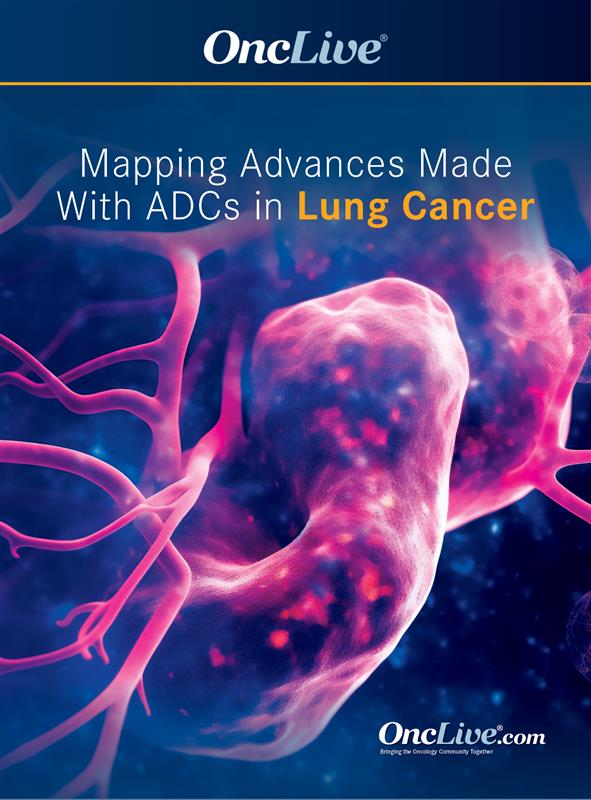Dr Lin on Defining Biomarker-Based Treatment Approaches in NSCLC
Edwin Lin, MD, PhD, discusses the utilization of antibody-drug conjugates and the importance of defining biomarker-based approaches for this treatment class in patients with non–small cell lung cancer.
Edwin Lin, MD, PhD, resident physician, Mayo Clinic, discusses the utilization of antibody-drug conjugates (ADCs) and the importance of defining biomarker-based approaches for this treatment class in patients with non–small cell lung cancer (NSCLC).
The oncology field has experienced 2 significant paradigm shifts pertaining to ADCs. Lin says that the first paradigm shift to note is the increasing availability of ADCs across various malignancies. An ADC comprises an antibody connected to a chemical linker, which is then attached to a cytotoxic payload, according to Lin. This treatment approach has shown efficacy in patients with cancer, exemplified by the use of fam-trastuzumab deruxtecan-nxki (Enhertu) for those with pretreated, metastatic HER2-positive breast cancer, Lin explains. As time has progressed, a growing number of ADCs have emerged that are directed at targets in various cancer types, he notes.
The second evolution regarding ADCs is the efficacy of these agents, Lin expands, noting that over the past 20 years, the chemistry of ADCs has improved. Ongoing modification and experimentation with these agents have yielded better linkers and cytotoxic payloads, Lin explains. Although the antigen levels in the newer generation of ADCs are the same as those in earlier generations of these agents, the newer generation of these agents can induce more responses, he emphasizes. For example, the guidelines for determining HER2-negative disease have shifted with the advent of the phase 3 DESTINY-Breast04 trial (NCT03734029), in which trastuzumab deruxtecan generated superior efficacy over chemotherapy in patients with metastatic HER2-low breast cancer, he adds. Lin says that consequently, the HER2 treatment armamentarium is in a state of flux, and the guidelines need to be updated to keep up with the therapeutic innovations that have occurred with ADCs.
To summarize, an increasing number of effective ADCs are becoming available in NSCLC and other tumor types, he continues. Overall, better ADCs are on the horizon, underscoring the need for an assay that can profile multiple ADC targets, Lin concludes.




